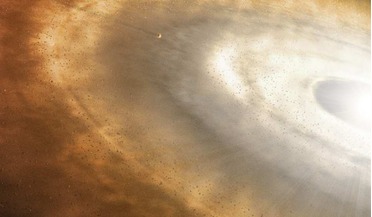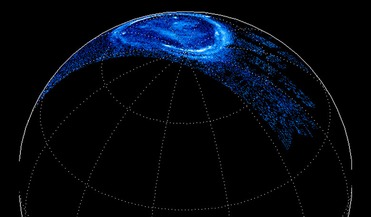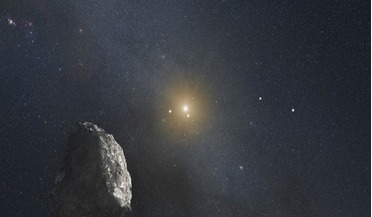 27 June 2016
Protoplanetary disc shares similarities with our own Solar System say researchers
27 June 2016
Protoplanetary disc shares similarities with our own Solar System say researchers
... using data gathered from instruments aboard the Herschel Space Observatory to study how multi-planet systems beyond our own Solar System formed. by performing full spectral scans of young stellar objects embedded in protoplanetary discs. The young...
 06 January 2017
NASA selects three new missions to study the early solar system and energetic X-rays from black holes
06 January 2017
NASA selects three new missions to study the early solar system and energetic X-rays from black holes
... objects from 2027 to 2033, Lucy will hopefully shed light on a much earlier period in the history of the solar system. “This is a unique opportunity,” said Harold F. Levison, principal investigator of the Lucy mission from the Southwest Research...
 08 September 2017
The solar systems most powerful auroras are still a mystery
08 September 2017
The solar systems most powerful auroras are still a mystery
... – is still quite a mystery, despite recent data from Juno. Jupiter has the most powerful auroras in the solar system. Recent data collected by the ultraviolet spectrograph and energetic-particle detector instruments aboard the Juno spacecraft...
 27 February 2019
FarFarOut beats FarOut as most distant Solar System body ever seen
27 February 2019
FarFarOut beats FarOut as most distant Solar System body ever seen
... FarFarOut – a newly discovered extreme Trans-Neptunian Object (eTNO) that is 140 AU away. The outer realm of the Solar System is a vast, chaotic and relatively little-known about domain, that is proving to be just as interesting as the space closer...
 13 January 2020
New study shows a split Solar System that kickstarted growth of Jupiter
13 January 2020
New study shows a split Solar System that kickstarted growth of Jupiter
... and Mojzsis, as these additional rings could have led to the formation of the other giant planets in the Solar System. Brasser and Mojzsis further add that if the different isotopic compositions of the various CC meteorites reflect to some...
 19 May 2021
Scientists unexpectedly find heavy metal vapour in comets throughout our Solar System, and beyond
19 May 2021
Scientists unexpectedly find heavy metal vapour in comets throughout our Solar System, and beyond
... of astronomers have detected gaseous nickel in the cold atmosphere of 2I/Borisov; the first alien comet to visit our Solar System. “At first we had a hard time believing that atomic nickel could really be present in 2I/Borisov that far from...